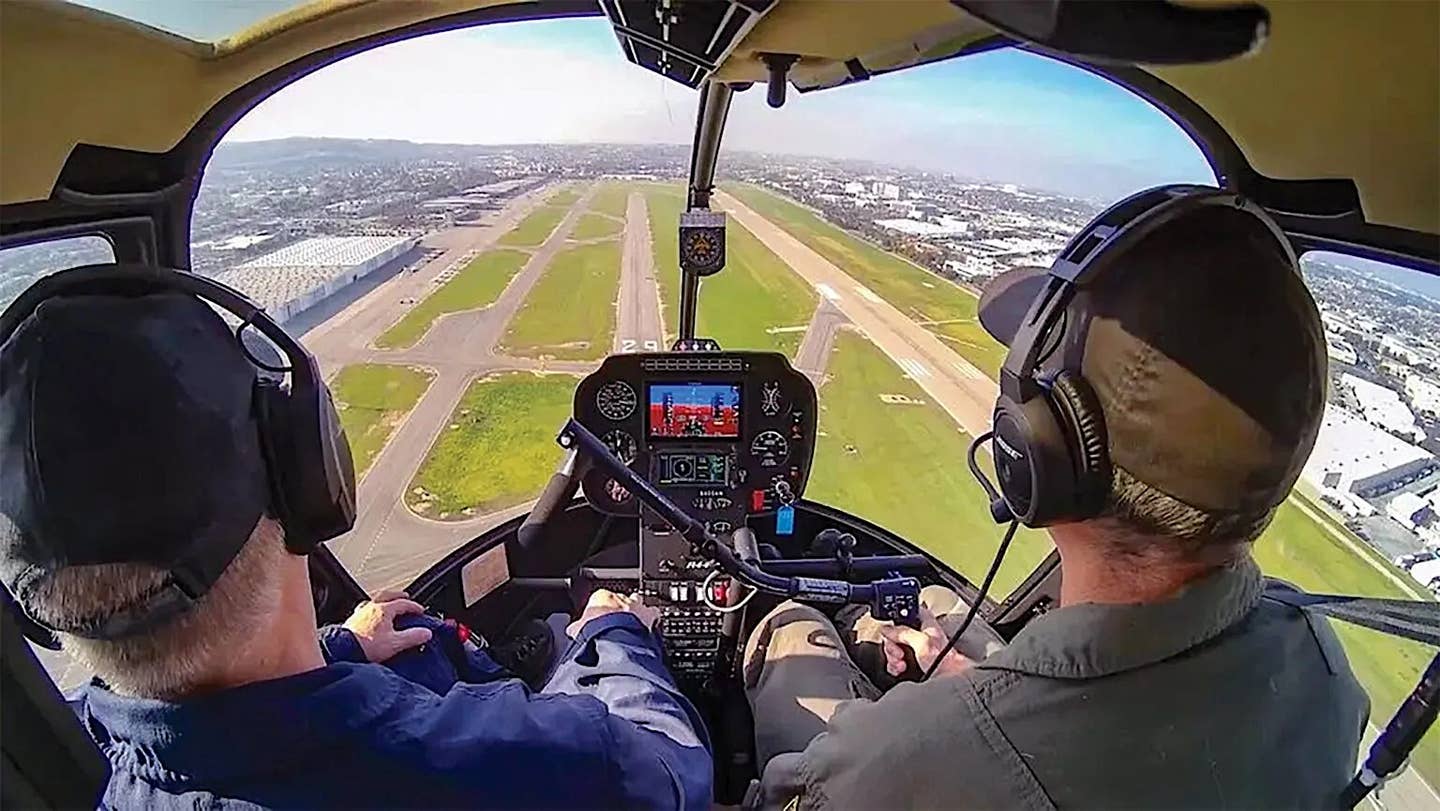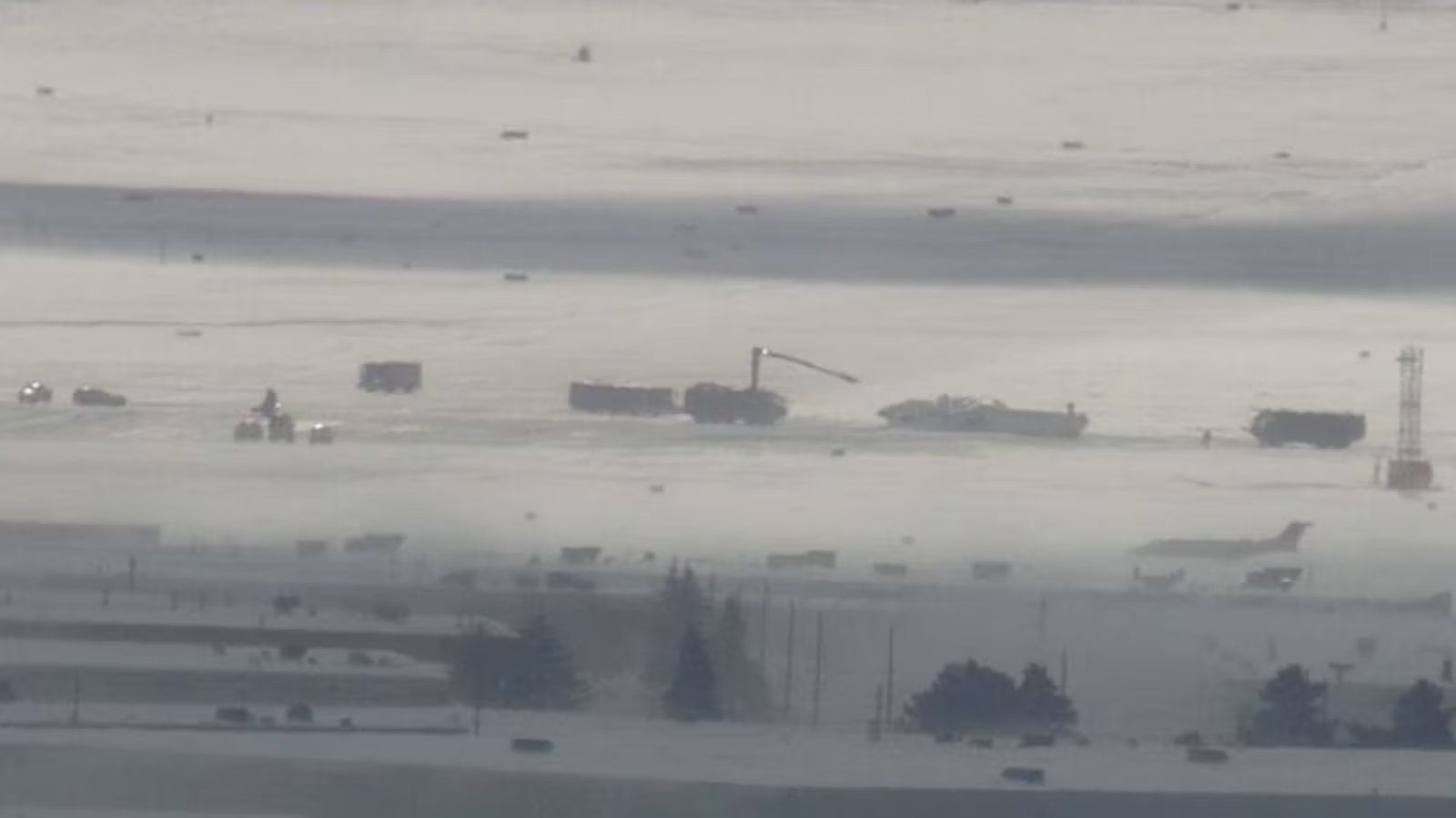General Aviation Accident Bulletin, November 21, 2022
AVweb’s General Aviation Accident Bulletin is taken from the pages of our sister publication, Aviation Safety magazine. All the reports listed here are preliminary and include only initial factual findings…

Aviation Safety Accident Bulletin
AVweb's General Aviation Accident Bulletin is taken from the pages of our sister publication, Aviation Safety magazine. All the reports listed here are preliminary and include only initial factual findings about crashes. You can learn more about the final probable cause on the NTSB's website at www.ntsb.gov. Final reports appear about a year after the accident, although some take longer. Find out more about Aviation Safety at www.aviationsafetymagazine.com.
August 9, 2022, Corona, Calif.
Piper PA-32-300 Cherokee Six
At about 1231 Pacific time, the airplane was substantially damaged in an off-airport landing following engine failure. The pilot and passenger were not injured. Visual conditions prevailed.
While entering the downwind leg of the destination airport’s traffic pattern, the engine did not respond when the pilot added power to level off. He cycled the throttle several times with no change. Unable to maintain altitude, the pilot force-landed on the eastbound lanes of U.S. highway 91. To avoid a car, the pilot intentionally stalled the airplane, landing hard. The airplane pivoted to its right and impacted a freeway barrier. A post-accident fire ensued.
August 9, 2022, Centennial, Colo.
Cessna 182Q Skylane
The airplane was destroyed at 1250 Mountain time when it collided with terrain, out of fuel, during a reportedly unauthorized flight. The pilot was fatally injured; visual conditions prevailed.
A flight instructor later stated the pilot had completed only 1.2 hours of a required five-hour checkout in the airplane before the accident flight. A witness added that the airplane “did not sound right” and was “sputtering.” At about 150-200 feet AGL, the airplane’s nose went down, it lost altitude rapidly and impacted the ground. Examination revealed a nose-low, low-speed impact. There was no fuel in either wing tank. The fuel system header tank contained about ½ pint of fuel. There was no fuel in the fuel lines leading to the engine.
August 10, 2022, Sparta, Mich.
Piper PA-28-140 Cherokee 140
At about 1030 Eastern time, the airplane was substantially damaged during an aborted takeoff. The pilot and two passengers were not injured. Visual conditions prevailed.
The pilot later reported the airplane did not seem to be accelerating after liftoff. She lowered the nose to remain in ground effect, but didn’t think the airplane would clear a line of trees, and decided to reject the takeoff. After touching down, she applied full braking but was unable to stop the airplane before it rolled off the runway and collided with the perimeter fence. The pilot’s pre-flight planning included verifying that weight and balance were within limits and that the airplane had adequate performance for conditions, which included an upsloping runway. Density altitude was calculated to be about 1674 feet.
August 10, 2022, Blyn, Wash.
Cirrus Design SR22
The airplane was substantially damaged at about 1459 Pacific time when it collided with terrain under unknown circumstances. The solo pilot was fatally injured.
Intermittent Automatic Dependent Surveillance-Broadcast (ADS-B) data show the airplane taking off at about 1445, and proceeding mostly in a southerly direction at low altitude. The last ADS-B target was at 1459:19, at an altitude of 1400 feet MSL and about 0.63 miles northeast of the accident site. The debris path extended for about 455 feet. The fuselage came to rest inverted; all major structural components of the airplane were in the debris path.
August 11, 2022, Metz, W.V.
Piper PA-32-301 Saratoga
At about 1805 Eastern time, the airplane was destroyed when it encountered convective weather and apparently broke up in flight. The non-instrument-rate private pilot and two passengers were fatally injured.
The airplane’s ADS-B data show it level at 9500 feet MSL and tracking about 070 degrees. Its route was approximately parallel to and south of a band of light/moderate to extreme precipitation extending across Ohio, West Virginia and Pennsylvania. The pilot was in radar contact with ATC and, at 1801:09, told the controller, “We’re going to deviate about 20 left and see if we can [unintelligible] of this thing.” The controller responded, “Roger. I’m showing the more extreme heavy precipitation just off your left wing there and with the small gap at your 12 o’clock and 5 miles.” At 1801:31, the pilot replied, “Yep, that’s what we’re looking for.” There were no further communications from the airplane.
At the time of the airplane’s final transmission, the ground track had changed to about 050 degrees and it was in an area of light precipitation. The airplane continued on the same track at 9500 feet for six miles, flying through light, moderate, heavy and extreme precipitation. At about 1803, ADS-B data depicted a steep, descending right turn that continued until data was lost. The airplane’s fuselage was located in hilly, wooded terrain. The wings and the tail section were separated from the fuselage and distributed over about 0.8 miles.
This article originally appeared in the November 2022 issue of Aviation Safety magazine.
For more great content like this, subscribe to Aviation Safety!






